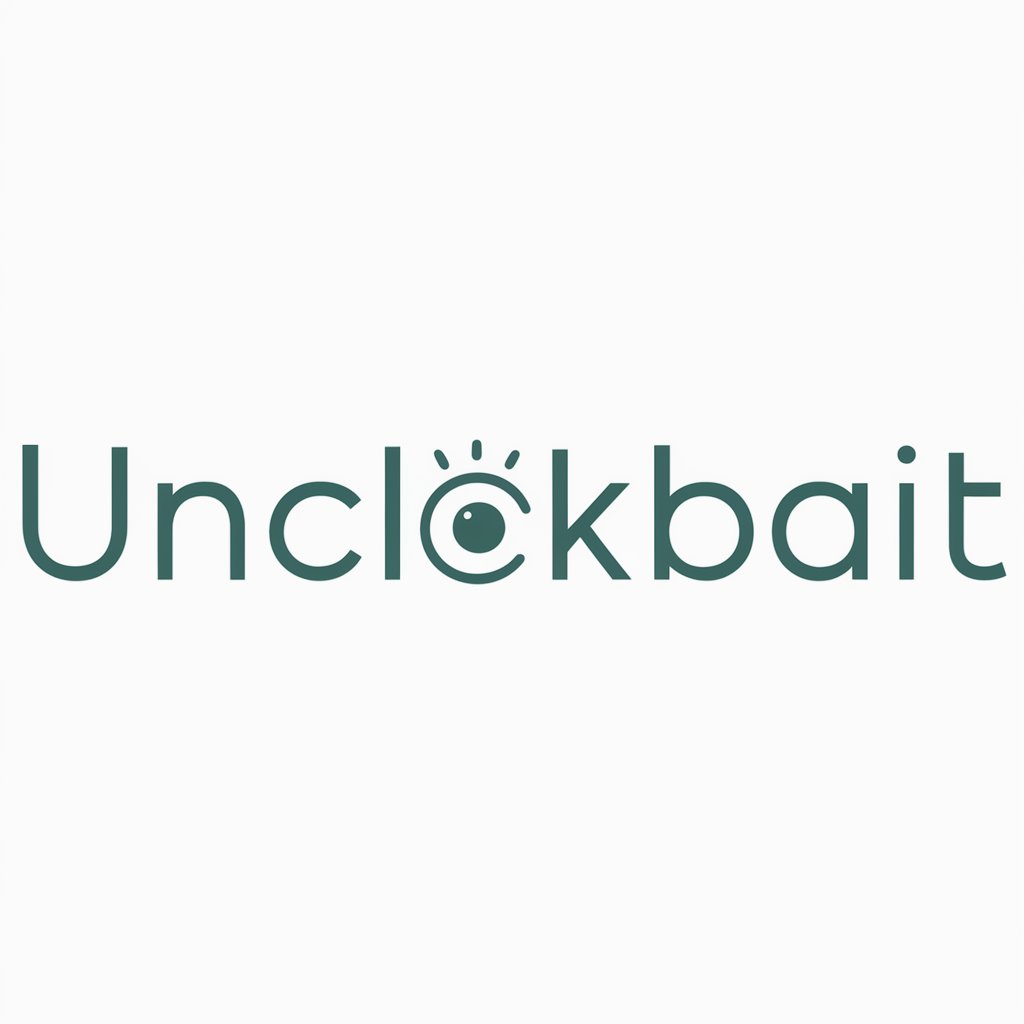
Kim, Muhn, and Nikolaev (2023a) - AI Financial Summarization

Welcome! How can I assist you with the paper 'Bloated Disclosures: Can ChatGPT Help Investors Process Financial Information?'
Streamline financial insights with AI
What does the paper say about ChatGPT's role?
Can you summarize a specific section of the paper?
How did the authors test ChatGPT's effectiveness?
What conclusions did the paper draw about ChatGPT?
Get Embed Code
Introduction to Kim, Muhn, and Nikolaev (2023a)
Kim, Muhn, and Nikolaev (2023a) explore the potential of generative AI, specifically ChatGPT, to process and summarize complex corporate disclosures for investors. They investigate whether such AI-generated summaries can effectively distill relevant information, thereby aiding investors in making informed decisions. The study highlights the issues of disclosure bloat and information overload in corporate filings, proposing a novel measure of 'information bloat' and examining its capital market consequences. Powered by ChatGPT-4o。

Main Functions of Kim, Muhn, and Nikolaev (2023a)
Summarization of Complex Disclosures
Example
Using GPT-3.5 to generate concise summaries of corporate disclosures like MD&As and earnings conference calls.
Scenario
Investors can quickly grasp the essential information from lengthy documents, improving their decision-making process.
Measuring Disclosure Bloat
Example
Introduction of a novel 'Bloat' metric to quantify the degree of redundant information in corporate disclosures.
Scenario
Helping investors and regulators identify and mitigate the effects of information overload and obfuscation in corporate communications.
Analysis of Capital Market Consequences
Example
Investigating the relationship between disclosure bloat and market outcomes like price efficiency and information asymmetry.
Scenario
Offering insights into how excessive disclosure complexity affects stock market dynamics and investor behavior.
Targeted Summaries for Specific Interests
Example
Generating summaries focused on financial performance or ESG-related activities.
Scenario
Enabling investors with particular interests (e.g., sustainability) to quickly access relevant information without sifting through entire documents.
Ideal Users of Kim, Muhn, and Nikolaev (2023a) Services
Investors
Investors can benefit from concise, informative summaries that aid in quicker and more informed decision-making, especially in environments characterized by information overload.
Regulators
Regulators may use the insights and methodologies developed to guide policies aimed at reducing disclosure complexity and enhancing information transparency.
Financial Analysts
Analysts can leverage AI-generated summaries and bloat measures to efficiently assess firm performance and risks, improving their analysis and reporting.
Corporate Managers
Managers can use these insights to improve their disclosure strategies, focusing on clarity and relevance to better communicate with stakeholders.

Using Kim, Muhn, and Nikolaev (2023a)
1
Visit yeschat.ai for a free trial, no login or ChatGPT Plus required.
2
Select the specific Kim, Muhn, and Nikolaev (2023a) tool from the offered services.
3
Input the financial information or corporate disclosure document you wish to process.
4
Utilize the tool's features to generate summaries, detect sentiment, or measure disclosure bloat as needed.
5
Analyze the output provided by the tool for insights into the financial information's informativeness, sentiment, or bloat.
Try other advanced and practical GPTs
Goldlist Method
Memorize Languages, AI-Enhanced

Bills Buddy
Your AI-powered financial assistant

ProBlogger
Empower Your Writing with AI

Launcher
AI-Powered MVP Development Pathway

Content Factory
Unleash Creativity with AI-Powered Brainstorms

Open In Gemail
Streamline Your Email Workflow with AI

EmojiMaster
Empowering Digital Expression with AI

Code reviews by Edsger Dijkstra with quality score
Elevating code quality with Dijkstra's wisdom.

Unclickbait
Cut Through the Clickbait with AI

Image Braille
Bringing images to life with AI

KI Tool Finder (Deutsch)
Empowering innovation with AI tool discovery

Slide Deck GPT
Revolutionize Your Slides with AI

Q&A about Kim, Muhn, and Nikolaev (2023a)
What is the primary purpose of Kim, Muhn, and Nikolaev (2023a)?
The primary purpose is to explore the use of generative AI, specifically GPT-3.5 Turbo, in summarizing complex corporate disclosures, measuring information bloat, and assessing the economic usefulness of these summaries in the context of stock market reactions.
How does Kim, Muhn, and Nikolaev (2023a) measure disclosure bloat?
Disclosure bloat is measured by comparing the length of original corporate disclosures against the generated summaries, with the reduction in length serving as an indicator of the degree of redundant or irrelevant information.
What types of corporate disclosures were analyzed in the study?
The study focuses on Management Discussion and Analysis (MD&A) sections and earnings conference calls as the primary types of corporate disclosures analyzed.
What findings does the paper report regarding the summaries' informativeness?
The paper reports that summaries generated by GPT-3.5 are more informative than the original documents, as indicated by their enhanced ability to explain stock market reactions to disclosed information.
Are there any limitations of the GPT-3.5 Turbo model noted in the study?
While not explicitly detailing limitations of the GPT-3.5 Turbo model, the study mentions the importance of fine-tuning the summarization process for optimal results and acknowledges the potential for variability in summary informativeness based on how the model is applied.